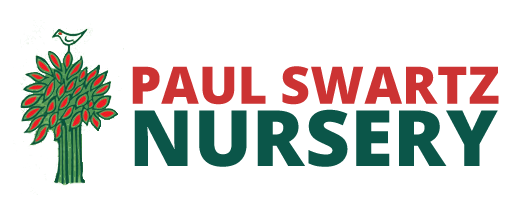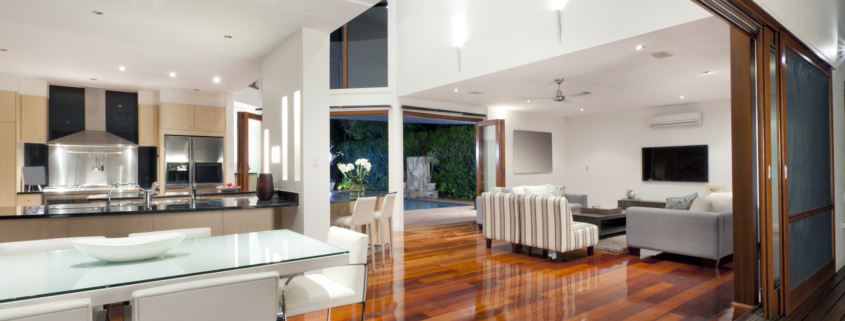Spring 2014
Crabgrass Control In Your Lawn
Crabgrass is a summer annual plant that germinates in the spring and produces a large amount of seeds in the summer. In October the plants drop their seeds which will lay dormant in the soil and germinate the following spring. Crabgrass likes full sun, warm temperatures and weak or open areas of a lawn. Crabgrass has a very course texture, is light green in color and weakens the health of your lawn. Crabgrass turns purple in fall and dies with the first frost leaving unsightly skeletons throughout the lawn.
The key to controlling crabgrass in your lawn is preventing it from germinating. Applying crabgrass preventer will provide you with good control if applied at the correct time. Once crabgrass has established, pre-emergence herbicides will not be effective. Crabgrass will begin to germinate when the soil temperatures reach the mid-50s, with the majority of the germination occurring when the soil temperatures reach 60-70 degrees. Another indicator of crabgrass germination is as the Forsythia starts to drop their blooms. So when the Forsythia is in full bloom, the pre-emergent herbicide should be applied. Depending on the several factors, the pre-emergent herbicide could last 2 to 3 months, so if applied too early, a second application can be done.
Cultural control of crabgrass can be done by providing proper nutrients to your lawn with regular fertilization and keeping your mowing heights at 2 ½ to 3 inches high. The best defense against weed invasion is a thick, healthy lawn. A thick turf canopy will shade the soil and reduce the number of weeds seedlings able to germinate. Thin or bare areas of the lawn should be reseeded in the fall once any herbicide residuals are no longer present in the soil.
Lawn seed should not be planted less than 4 months before or after pre-emergent crabgrass herbicide is applied. Please carefully read the herbicide label before application.

